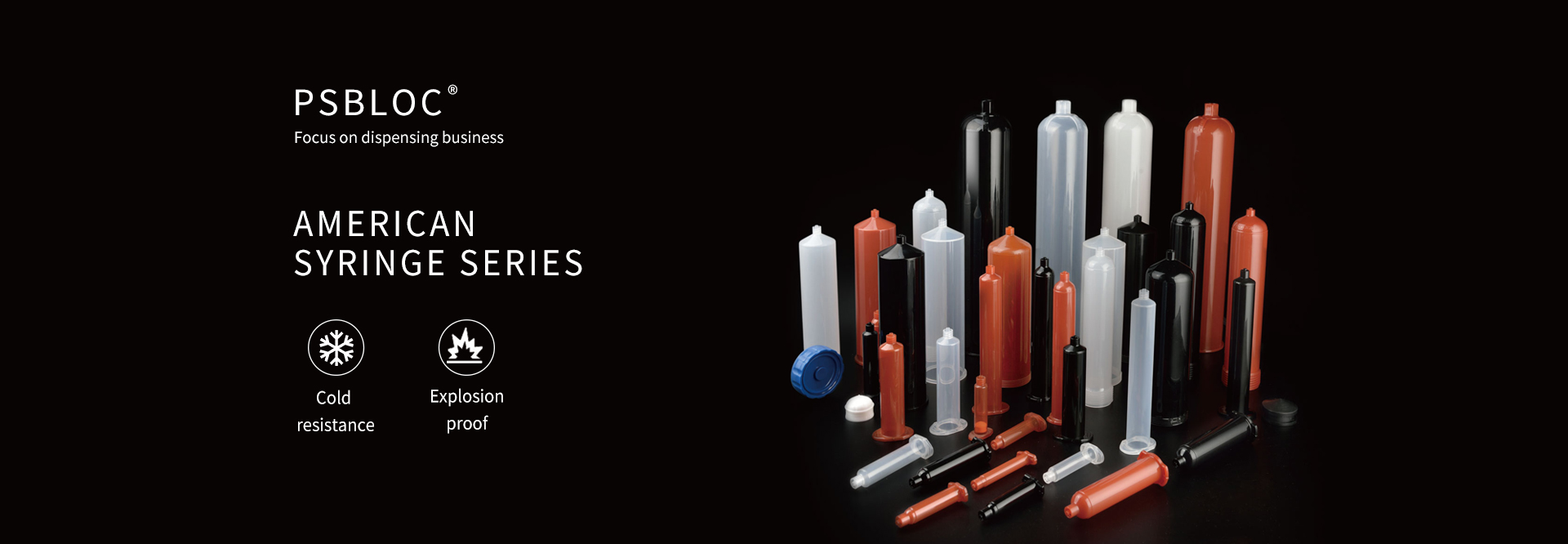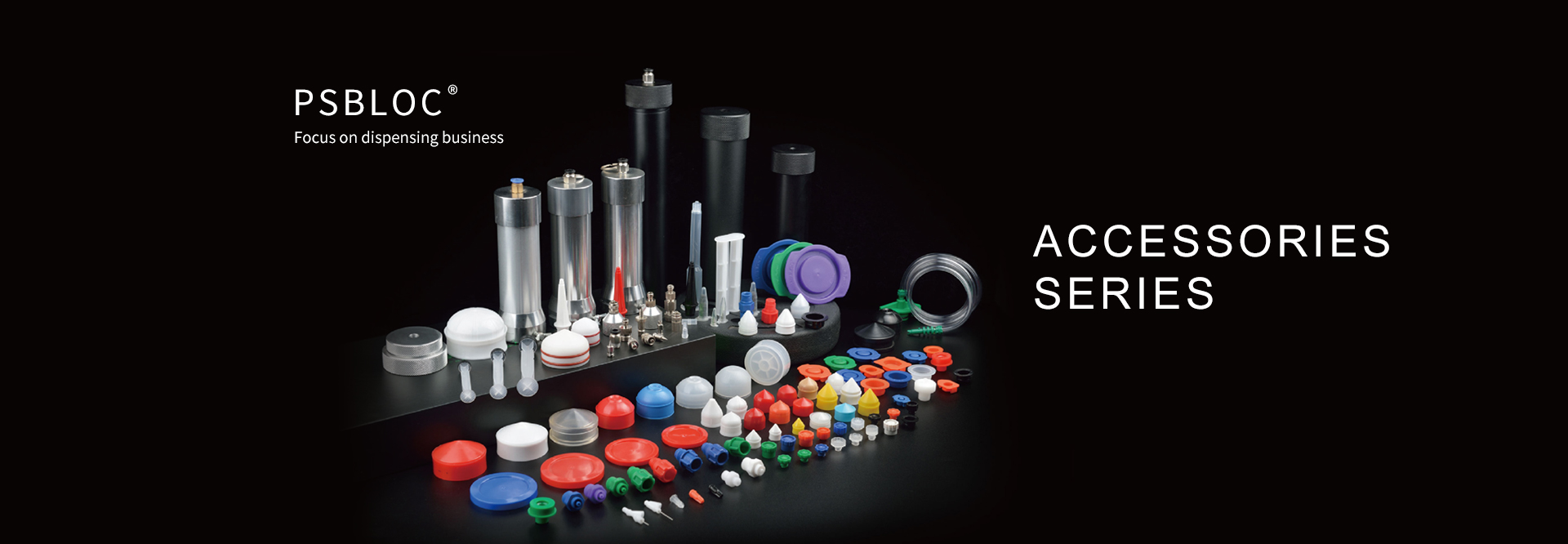Common defects in the dispensing process and their solutions
The application range of glue is very wide, from the production of airplanes and ships to small clothes and toys. It can be said that as long as the glue reaches the place, then the glue dispensing process service is needed. Naturally, it is necessary to understand the common defects and solutions in the dispensing process, as follows:
1. Wire drawing/tailing
1.1. Wire drawing/tailing is a common defect in dispensing. The common causes are that the inner diameter of the glue nozzle is too small, the dispensing pressure is too high, the distance between the glue nozzle and the PCB is too large, the patch glue is out of date or the quality is not good, and the reason is too small. The viscosity of the sheet glue is too good, it fails to return to room temperature after being taken out of the refrigerator, and the amount of glue is too large, etc.
1.2. Solution: Change the glue nozzle with a larger inner diameter; reduce the dispensing pressure; adjust the "stop" height; change the glue and choose a glue with a suitable viscosity; the patch glue should be restored to room temperature after being taken out of the refrigerator (about 2 -3h) Put into production again; adjust the amount of glue.
2. Empty play
3.1. The phenomenon is that there is only dispensing action, but no amount of glue. The reason is that the patch glue is mixed with bubbles; the glue nozzle is blocked.
3.2 Solution: The glue in the injection cylinder should be debubbled (especially the glue installed by yourself); replace the glue nozzle.
3. The glue nozzle is blocked
2.1. The fault phenomenon is that the amount of glue from the glue nozzle is too small or there is no glue point. The cause is generally that the pinhole is not completely cleaned; impurities are mixed in the patch glue, and there is a phenomenon of plugging; incompatible glue is mixed.
2.2 Solution: change a clean needle; change a good quality patch glue; the brand of patch glue should not be mistaken.
4. Component shift
4.1. The phenomenon is that the components are shifted after the patch glue is cured, and the component pins are not on the pads in serious cases. The cause is that the amount of glue out of the patch glue is uneven, for example, the two-point glue of the chip component is more than one and the other is less; The component shifts during patching or the initial adhesion of the patch adhesive is low; the PCB is placed for too long after the glue is placed, and the glue is semi-cured.
4.2. Solution: Check whether the glue nozzle is blocked and eliminate uneven glue output; adjust the working state of the placement machine; change the glue; the PCB placement time after dispensing should not be too long (less than 4h)
5. The chip will drop after wave soldering
5.1. The phenomenon is that the bonding strength of the components after curing is not enough, lower than the specified value, and sometimes there will be chipping when touched by hand. The reason is that the curing process parameters are not in place, especially the temperature is not enough, the component size is too large, and the heat absorption Large; the light curing lamp is aging; the amount of glue is insufficient; the component/PCB is contaminated.
5.2. Solution: Adjust the curing curve, especially increase the curing temperature. Usually the peak curing temperature of the thermal curing adhesive is about 150 ℃, and the peak temperature is not reached, which may cause the film to fall. For the light curing adhesive, the light curing lamp should be observed. Whether it is aging, whether the lamp is blackened; the quantity of glue and whether the components/PCB are polluted are all issues that should be considered.
6. Float/shift of component pins after curing
6.1. The phenomenon of this failure is that the component pins float or shift after curing, and the tin material will enter under the pad after wave soldering. In severe cases, there will be short circuits and open circuits. The main cause is uneven patch glue and patch Too much glue or component deviation during placement.
6.2. Solution: adjust the dispensing process parameters; control the dispensing volume; adjust the patch process parameters.



